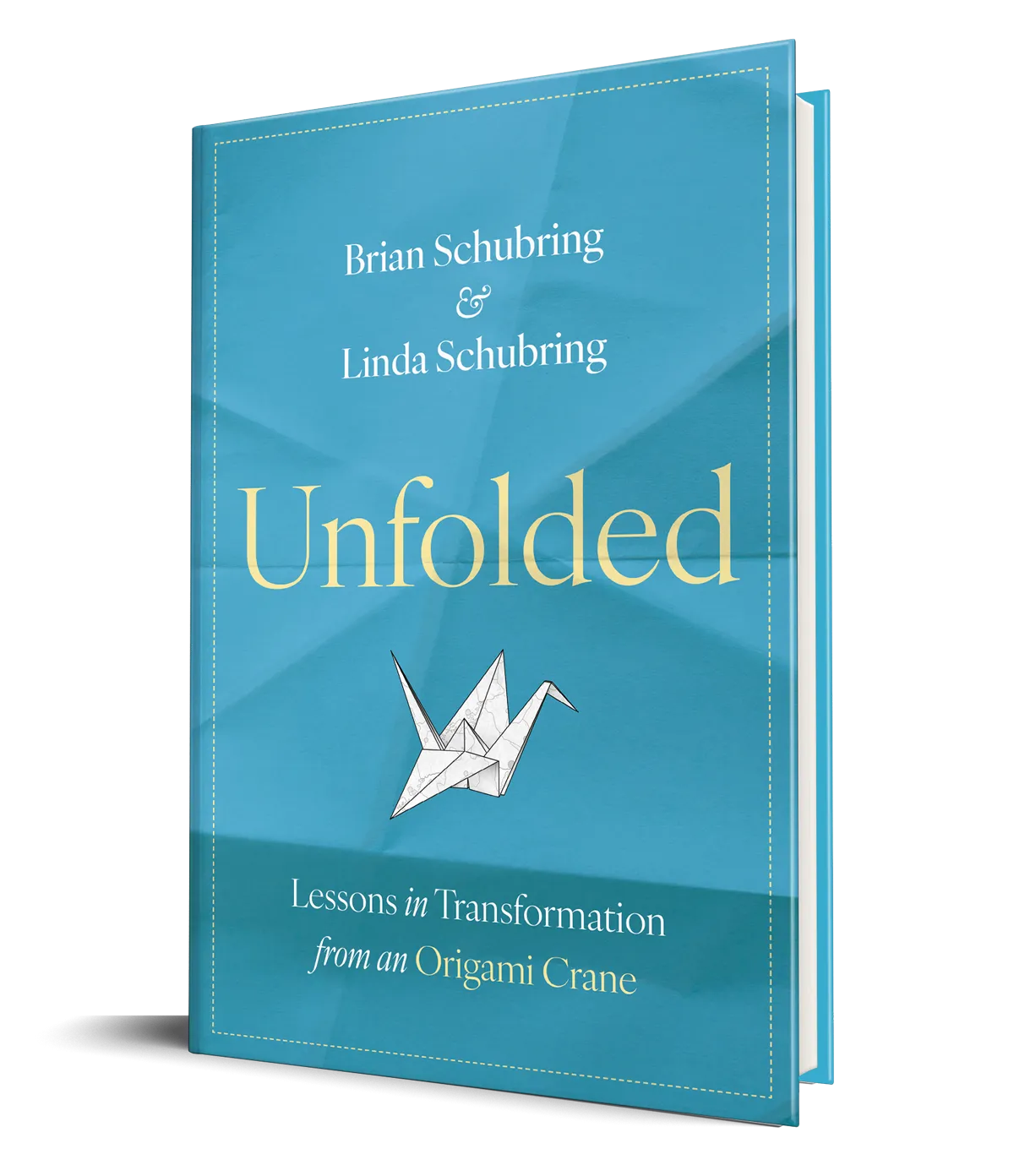Understand Conflict Styles with the Conflict Pyramid
Welcome to the Leadership Vision Podcast, our show helping you build a positive team culture. Our consulting firm has been doing this work for the past 25 years, ensuring that leaders are mentally engaged and emotionally healthy.
How do we improve our conflict style? How do we build up a structure to support all of the various situations of conflict that we experience in our lives? In this episode, we share a tool that can help you navigate conflict in relationships, on your team, and honestly, really anywhere else. Grab a piece of paper and a pen to try this exercise at home. Enjoy!
Understand Your Conflict Style
The best time to build support when it comes to navigating conflict is in the absence of conflict. We have found that understanding where people are coming from when it comes to conflict allows us to really prepare people in the absence of conflict to then enter conflict more armed, more prepared, and more ready for navigating conflict and actually navigating conflict well.
One of the things that we have created this year is what we call the word pyramid. The word pyramid is our way of unfolding the topic of conflict to better understand how it is that you prepare yourself to engage in conflict in a constructive way. The word pyramid also gives you a better understanding of how you respond to conflict. It gives you new words to name your approach, and those words also help you better understand how others navigate conflict.
Exercise: The Conflict Pyramid
Try this exercise at home to better understand your conflict style. Grab something to write with and a blank piece of paper, you can even follow along while you’re listening to the episode.
Step 1: Create a pyramid-shaped word structure. Layer 1 is conflict, layer 2 is trigger and response, layer 3 is safety, security, and significance, and layer 4 is fight, flight, flock, and freeze.
Step 2: Go through each layer of the word pyramid and circle the things you’re most familiar with when conflict happens.
Step 3: Step back and look at the whole word pyramid. Which one of these layers jumps out? Look at the words you circled and ask yourself: why did you circle those words? What are some examples around them?
Layer 2: Trigger and Response
What triggers you? What conflicts will trigger you? Do you know them ahead of time? Or are you more familiar with how you’re going to respond once conflict happens? Are you more aware of your triggers or more aware of your responses?
Layer three: Safety, Security, and Significance
This is the layer of threat. Which one of these do you feel is the most threatened when conflict is happening?
Safety – Sometimes people feel a psychological, emotional, or relational threat when conflict is happening and they just don’t feel safe.
Security – Some people feel like their security is threatened in some way if conflict continues.
Significance – Some people find their significance is threatened. Significance refers to your personal meaning, whether you feel heard or not, whether you’re recognized, whether you feel important, or a sense of belonging. When conflict arises, do you feel like you might get lost or forgotten?
Layer of 4: fight, flight, flock, and freeze
What is your natural instinct in conflict? This can take a lot of different forms.
Fight – This could be protecting something or defending someone. It could be someone who becomes more aggressive and steps into conflict.
Flight – Flight could be a pause. It could be getting going somewhere to reflect or stepping back. Flight could also be hiding or going silent.
Flock – Flock could be blending in when conflict is happening or not wanting to stand out. Or you might flock to where the help is. In some way, you’re going to stay in the conflict, but you don’t want to do or say anything that draws any attention to you. It’s a flock response.
Freeze – Freeze is where you come to the point of not knowing what to do, feel, or say. You really have an emotional or actual freeze in response.
Your Conflict Pyramid
The word pyramid is incredibly helpful to better understand why people behave and feel the way they do. Try this exercise at home and share with us what you’ve learned. Connect with me at nathan@leadershipvisionconsulting.com.
About The Leadership Vision Podcast
The Leadership Vision Podcast is a weekly show sharing our expertise in the discovery, practice, and implementation of a strengths-based approach to people, teams, and culture. We believe that knowing your Strengths is only the beginning. Our highest potential exists in the ongoing exploration of our talents.
Please contact us if you have ANY questions about anything you heard in this episode or if you’d like to talk to us about helping your team understand the power of Strengths.
If you’d like to be featured on the Leadership Vision Podcast, let us know how you are using Strengths and what impact it has made. Contact us here!




